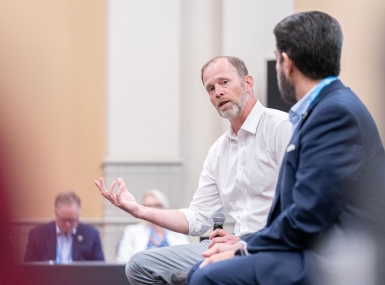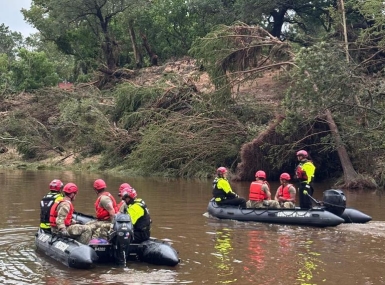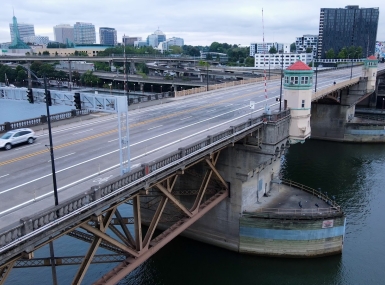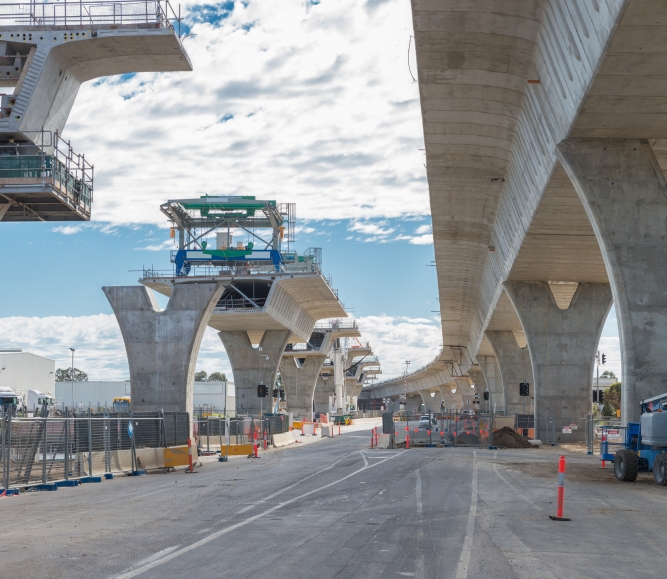Counties directly eligible for $848 million through new USDOT PROTECT transportation resilience grants
Author
Upcoming Events
Related News

Key Takeaways
On April 21, Earth Day 2023, the U.S. Department of Transportation (USDOT) announced the availability of $848 million in FY 2022 and FY 2023 funding for the Promoting Resilient Operations for Transformative, Efficient, and Cost-Saving Transportation (PROTECT) Grant Program. Established by the Bipartisan Infrastructure Law (BIL/P.L. 117-58), PROTECT funds can be used to plan for and improve the resiliency of local infrastructure. Counties are directly eligible to apply through USDOT until the deadline at 11:59 p.m. EDT on August 18.
PROTECT grants have four funding categories:
SUB-GRANT | FUNDING LEVEL | PURPOSE | FEDERAL SHARE |
|---|---|---|---|
Planning Grants | Up to |
| 100% |
Resilience Improvement Grants | Up to |
| 80% |
Community Resilience and Evacuation Routes Grants | Up to |
| 80% |
At-Risk Coastal Infrastructure Grants | Up to |
| 80% |
Under both Planning Grants and Resilience Grants, only the following are eligible for award:
- Highway projects eligible for assistance under title 23
- Public transportation facilities or services eligible for assistance under chapter 53 of title 49
- Facilities or services for intercity rail passenger transportation (as defined in sec. 24102, title 49)
- Port facilities
Due to the combination of FY 2022 and 2023 funding, the NOFO has different obligation dates. Awards made using FY 2022 funds must be obligated by September 30, 2025, while FY 2023 funds have a September 30, 2026, obligation deadline. USDOT will consider the project timeline and its readiness when deciding in which FY to award funding.
Planning awards have no limitations; however, the NOFO establishes certain restrictions for resilience grant awards, including:
- No more than 40 percent can fund new capacity
- No more than 10 percent can fund development phase activities (planning, environmental reviews, etc.)
- No more than 25 percent can fund a facility or service for intercity passenger rail
Finally, the program sets aside at least 25 percent of annual funding – roughly $212 million for FY 2022 and 2023 – for projects located in rural areas, defined as any area outside of an Urbanized Area with a population over 200,000. The NOFO defines an Urbanized Area as “an area with a population of 50,000 or more designated by the Bureau of the Census.”
America’s counties are innovating to improve the resilience of their county infrastructure, both by building new and retrofitting old. As intergovernmental partners, we appreciate federal funding opportunities like PROTECT grants that help counties meet our vast public infrastructure responsibilities. Collectively, all levels of government can improve the resilience of the national transportation network.
To view additional current and future funding opportunities made available by the BIL, use NACo’s funding matrix for counties and check out the page’s future funding timeline.
Related News

Former FEMA chief is bearish on reform talks
Former FEMA Administrator Brock Long has yet to hear any proposals for federal disaster reform that would make a significant improvement to the way it operates.

Texas Hill Country floods kill more than 100 across six counties
Nineteen different local and state agencies are involved with the search and rescue efforts over six counties following flash flooding in Texas' Guadalupe River.

Pacific Northwest counties prepare for ‘The Big One’
Counties in Oregon and Washington are preparing for the devastating earthquake and tsunami that scientists say is coming in the next 50 years.
Resource
Implementing Infrastructure Investments at the County Level: The Bipartisan Infrastructure Law (P.L. 117-58)

